Specifications
| Title | Tiré à quatre épingles / Pulled at Four Pins |
|---|---|
| Material and technique | Etching |
| Object type |
Print
> Two-dimensional object
> Art object
|
| Location | This object is in storage |
| Dimensions |
Height 317 mm Width 225 mm |
|---|---|
| Artists |
Artist:
Marcel Duchamp
|
| Accession number | MB 1990/6 (MK) |
| Credits | Purchased 1990 |
| Department | Modern Art |
| Acquisition date | 1990 |
| Creation date | in 1964 |
| Provenance | Arturo Schwarz, Milan; Diego Strasser, Verona; Gianni Morghen, Arco; Galerie A, Amsterdam |
| Exhibitions | Rotterdam 1996a; Rotterdam 2013-14b |
| Internal exhibitions |
Marcel Duchamp, Kunstenaar - Knutselaar (2013) |
| Research |
Show research A dream collection - Surrealism in Museum Boijmans Van Beuningen |
| Literature | Tomkins 1997, pp. 160, 163; New York 1999, p. 250; Naumann 1999, pp. 249-50; Schwarz 2000, p. 844, cat. no. 609a; Von Berswordt-Wallrabe 2003, pp. 202-03 |
| Material | |
| Object | |
| Technique |
Etching
> Manual
> Intaglio printing techniques
> Printing technique
> Technique
> Material and technique
|
| Geographical origin | France > Western Europe > Europe |
Do you have corrections or additional information about this work? Please, send us a message
























